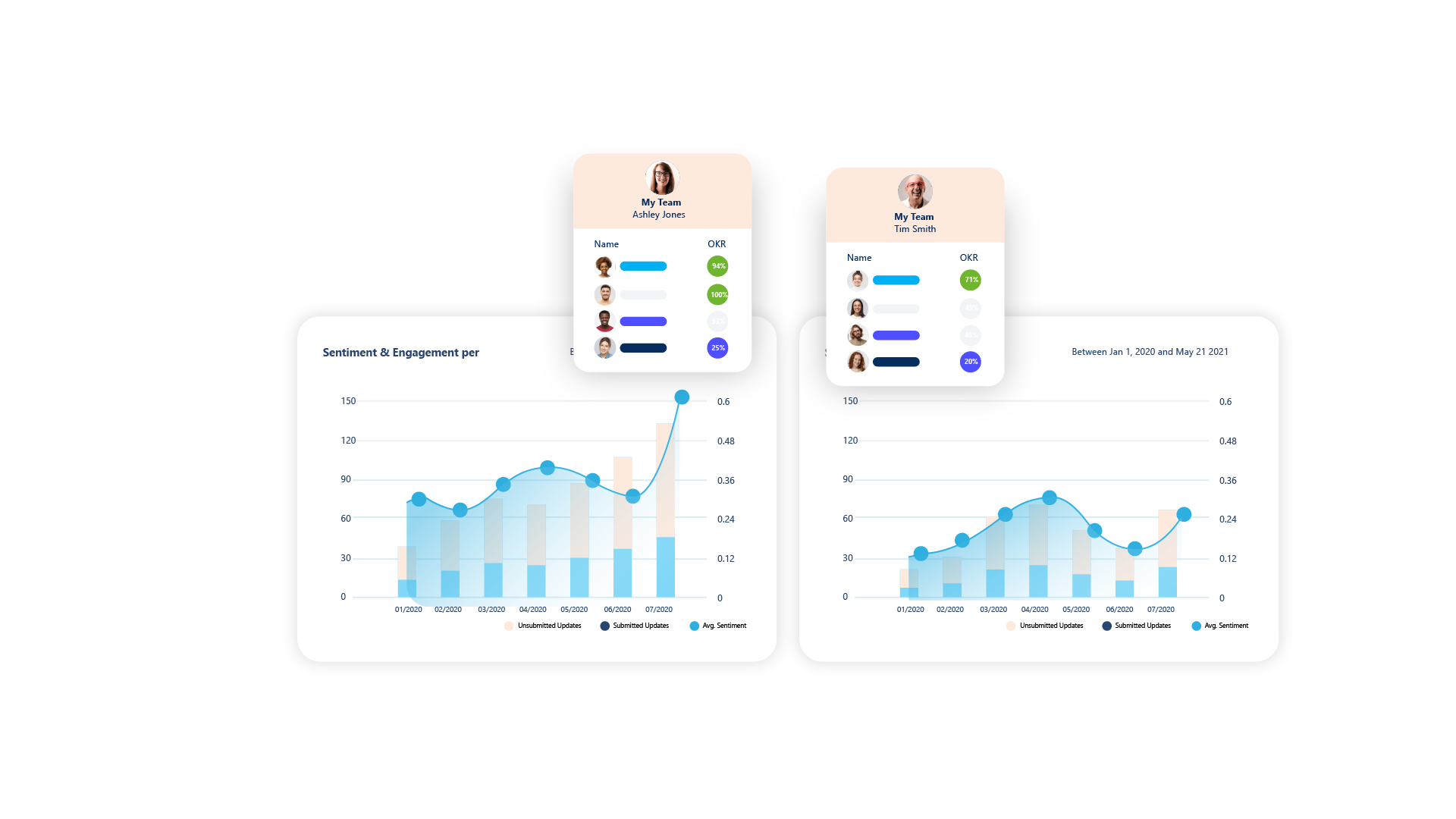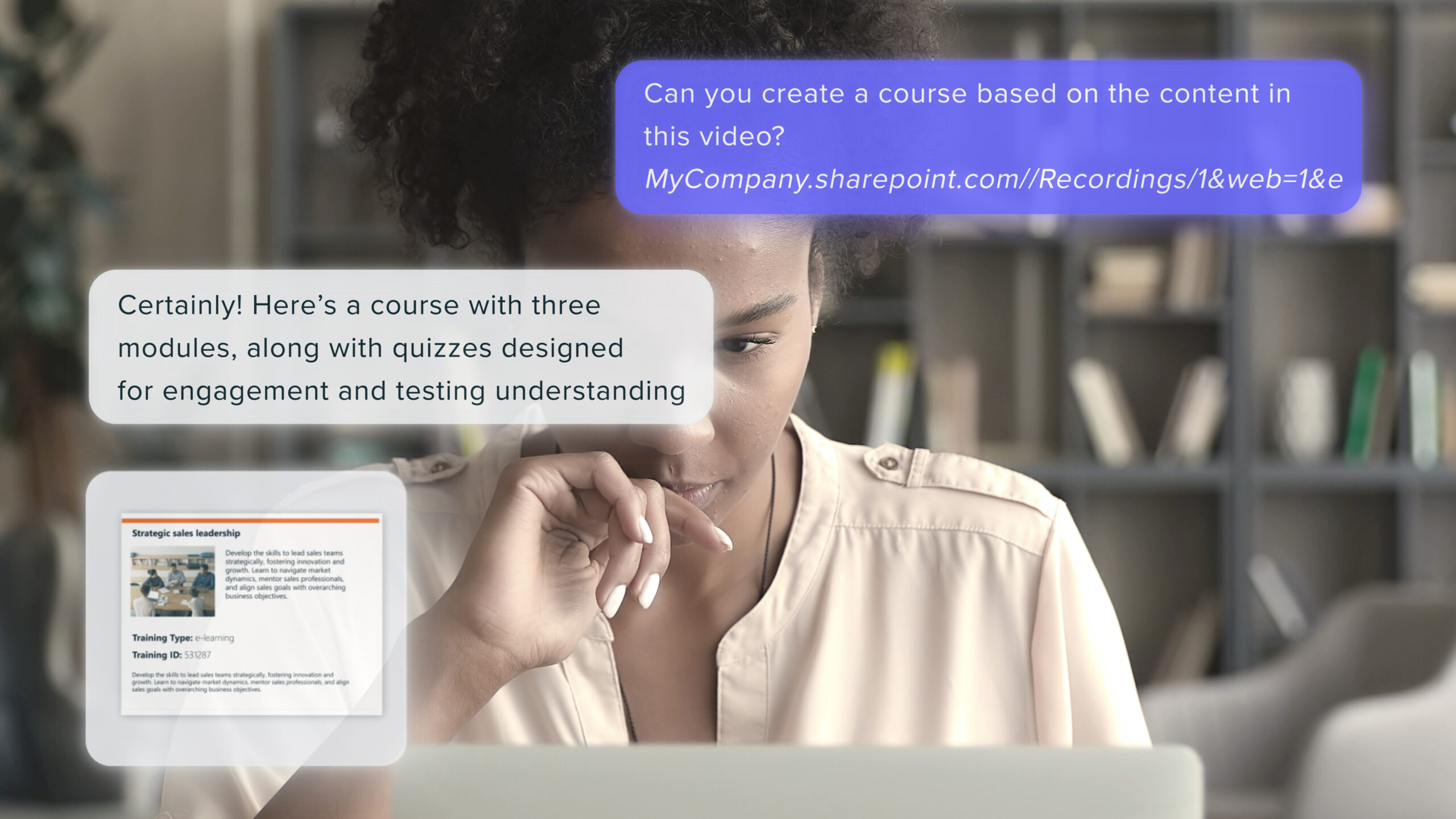Engage and retain employees with ease
The struggle to align individual growth with organizational goals, while maintaining an engaged and committed workforce, is real. Explore our powerful solution that reshapes employee engagement and bolsters employee retention for lasting success. How? By using agile learning, engagement, and performance tools, built directly into the Microsoft 365 ecosystem.

Keep employees engaged and happily employed with the full Human Success platform.
Engage. Retain. Succeed.
Grow talent and keep it in the company with our Human Success platform—the only learning, engagement, and performance solution seamlessly integrated into Microsoft 365 and Teams. Make your company a place where your employees are engaged, motivated, and excited to work every day with advanced capabilities that allow you to support, manage, and track the success of your workforce. With flexible course creation tools, a fully accessible Go1 content library, and smooth integration with Microsoft Teams, providing engaging development opportunities for your employees becomes as dynamic and fun as the content itself.
Want to learn how employee engagement and performance are connected, and how you can improve both in your organization? Check out this article that explores the benefits of having engaged and high-performing employees, the factors that influence them, and how our Human Success platform can help you measure and enhance them, easily.
Employee Engagement and Performance Read more
69%
Of employees value appreciation
A study from HubSpot found that 69% of employees said they would work harder if they were better appreciated by their managers and company. Recognize your employees for their talents easily by using Engage365 as your employee retention program.
Offer employee recognition21%
Higher profitability
According to Gallup’s meta-analysis, organizations that’s scored high on employee engagement were found to also have 21% higher profitability. Engagement equals progress, both for the employee and the company.
Create engaging learning41%
Reduced Absenteeism
Another study from Gallup showed that engaged and motivated employees show up to work more, and do more quality work. Therefore, organizations with highly engaged employees say a 41% reduction in absenteeism, plus boosts to productivity.
Measure employee engagementWhy do it the hard way? Let AI do the heavy lifting.
Bid farewell to the tedious days of manual content creation. Our AI-powered platform transforms dull documents and videos into vibrant, dynamic courses, complete with engaging modules and quizzes—in just seconds. But wait, there’s more—introducing our course discovery feature, making it a breeze for employees to take learning, training, and development into their own hands, allowing them to explore exciting and relevant courses. Fueled by AI recommendations, employees effortlessly discover tailored content, setting the stage for daily excitement, engagement, and success.












